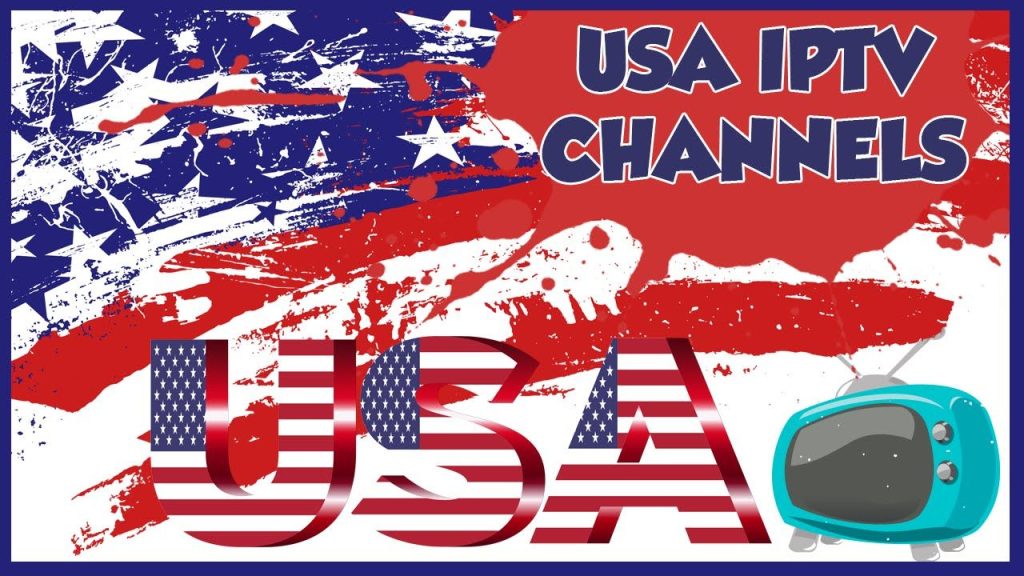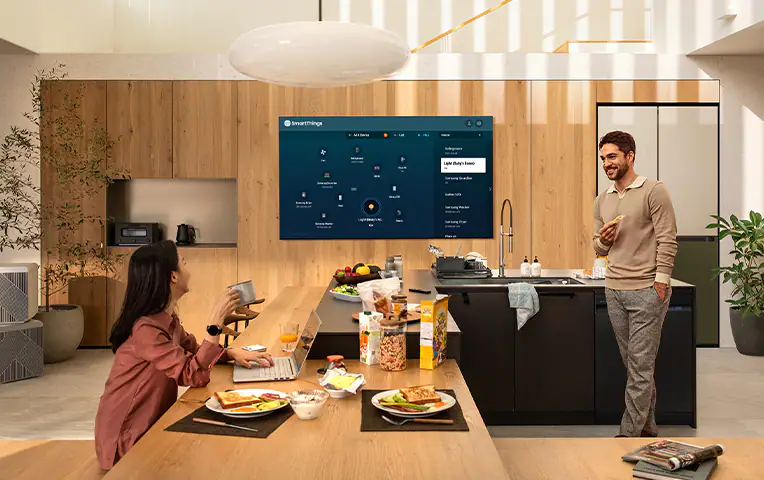IPTV in America: Weighing the Benefits and Limitations | StaticIPTV
Introduction to IPTV in America What is IPTV: Unveiling the Realm of Internet Protocol Television? IPTV, or Internet Protocol Television, is a technology that provides television programming and video content using the Internet rather than traditional broadcast methods. Instead of receiving television signals through terrestrial, satellite, or cable systems, IPTV in America allows users to stream media content directly over their Internet connection. IPTV works by converting television signals into IP packets, which are then delivered to users via broadband connections. These packets contain video and audio content that can be decoded and displayed on various devices, such as smart TVs, computers, smartphones, and tablets. With IPTV, users have the flexibility to watch their favorite shows, movies, and live events at their convenience, as the content is available on-demand. This eliminates the need for scheduled programming and allows users to access a vast library of content from different channels and providers. Advantages and limitations of IPTV in America IPTV offers several advantages over traditional television and other streaming technologies. However, it also has a few limitations that users should consider. Let’s take a closer look at both aspects: Advantages of IPTV: – Wide Variety of Content: IPTV offers a vast library of content from different channels, including live television, on-demand movies and series, sports events, and more. Users have the flexibility to choose what they want to watch and when they want to watch it. – High-Quality Streaming: With IPTV, users can entertainment high-quality streaming with minimal buffering or interruptions. This is made possible by the use of advanced codecs and compression techniques that optimize the delivery of media content over the Internet. – Multi-Device Accessibility: IPTV can be accessed on various devices, providing users with the freedom to watch their favorite shows and movies on smart TVs, computers, smartphones, and tablets. This flexibility allows users to enjoy their content wherever they are, as long as they have an Internet connection. – Interactive Features: IPTV offers interactive features that enhance the viewing experience. These can include interactive program guides, on-screen menus, and the ability to pause, rewind, and fast-forward through content. Additionally, some IPTV services may provide features such as video-on-demand, catch-up TV, and personalized recommendations based on user preferences. Limitations of IPTV: – Dependence on Internet Connection: Since IPTV relies on an Internet connection to deliver content, it is susceptible to network congestion, bandwidth limitations, and potential service outages. Users may experience buffering or disruptions in streaming quality if their Internet connection is not stable or fast enough. – Wide Variety of Providers: While the diverse range of IPTV providers offers choices to users, it can also make it challenging to identify reliable and reputable providers. Users may need to do thorough research to ensure they select a provider that offers quality content, reliable customer service, and competitive pricing. – Regional Restrictions: Some IPTV services may be subject to regional restrictions, limiting the availability of certain channels or content in specific countries or regions. Users should be aware of these limitations and ensure their chosen IPTV service meets their desired content needs. To summarize, IPTV provides users with a convenient and flexible way to access television programming and video content. It offers a wide variety of content, high-quality streaming, multi-device accessibility, and interactive features. However, users should consider the dependence on an Internet connection, the wide variety of providers, and potential regional restrictions when choosing an IPTV service. How IPTV Works? Understanding the technology behind IPTV IPTV, or Internet Protocol television, is a service that delivers television programming and other video content using the Transmission Control Protocol/Internet Protocol (TCP/IP) suite. Unlike traditional broadcast TV or cable TV, IPTV uses IP networks to transmit content, allowing viewers to access live TV programs or on-demand video content anytime, anywhere. The process of delivering IPTV content involves several steps: 1. Content Acquisition: IPTV service providers obtain the rights to broadcast TV channels and video content from various sources, including traditional TV networks, movie studios, and independent producers. 2. Content Encoding: The acquired content is encoded into digital formats suitable for transmission over IP networks. This involves compressing the video and audio data to optimize bandwidth usage. 3. Content Storage: The encoded content is stored on servers or data centers managed by the IPTV service provider. This allows for easy access and retrieval of content when requested by viewers. 4. Content Distribution: The IPTV service provider delivers the content to viewers’ devices, such as smartphones, smart TVs, or IPTV set-top boxes, over IP networks. This distribution can be done through multicast or unicast transmission. 5. Viewer Reception: Viewers access the IPTV content using devices connected to the internet. They can select their preferred channels or video content from the IPTV service provider’s user interface and stream it in real-time or download it for later viewing. Different types of IPTV services available in America There are several types of IPTV services available in America, catering to different viewer preferences and needs: 1. Live IPTV: This type of service delivers real-time TV programs, just like traditional broadcast TV. Viewers can access live sports events, news broadcasts, and entertainment shows as they are happening. 2. Time-Shifted IPTV: Time-shifted IPTV allows viewers to watch content that has been broadcasted earlier, offering flexibility in terms of when and where viewers can access their favorite shows. This includes features like pausing, rewinding, or fast-forwarding through the content. 3. Video on Demand (VOD): VOD IPTV services provide a library of on-demand video content, allowing viewers to choose and watch movies, TV shows, documentaries, or other video content whenever they want. This eliminates the need to adhere to fixed broadcast schedules. 4. Catch-Up TV: Catch-Up TV services enable viewers to watch recently aired episodes or programs that they might have missed. These services typically make the content available for a limited time after its original broadcast. 5. Interactive IPTV: Interactive IPTV services enhance the viewing experience by providing additional features like interactive program guides, on-screen chat or messaging, and access
IPTV in America: Weighing the Benefits and Limitations | StaticIPTV Read More »



